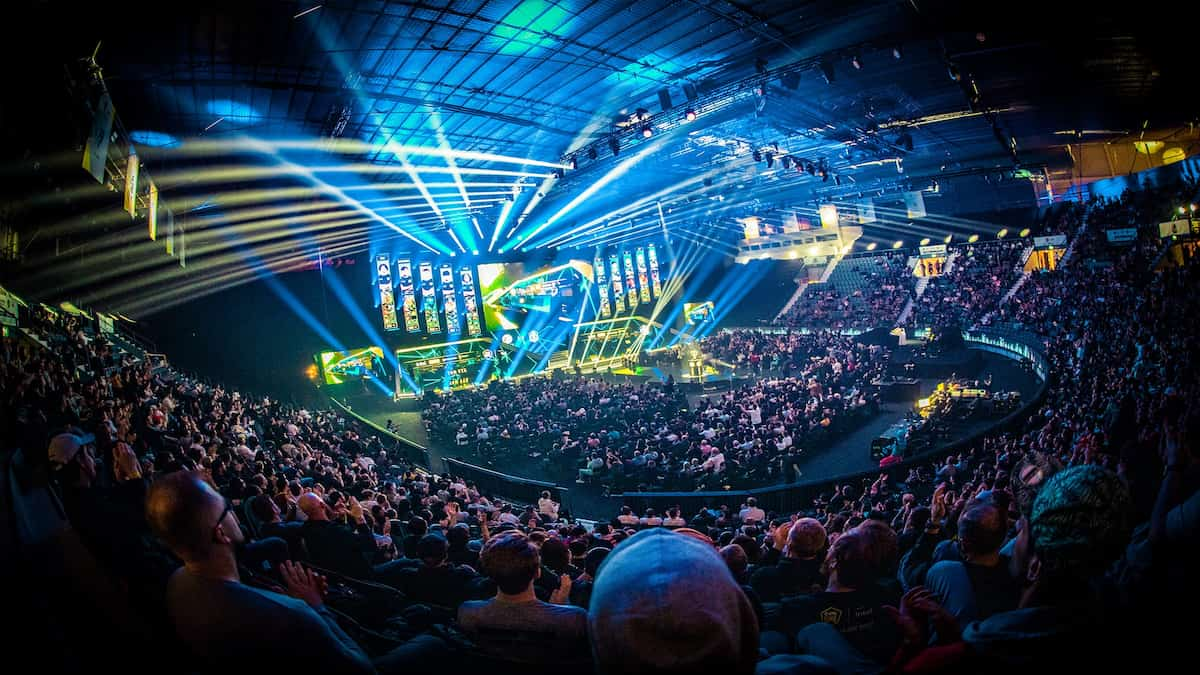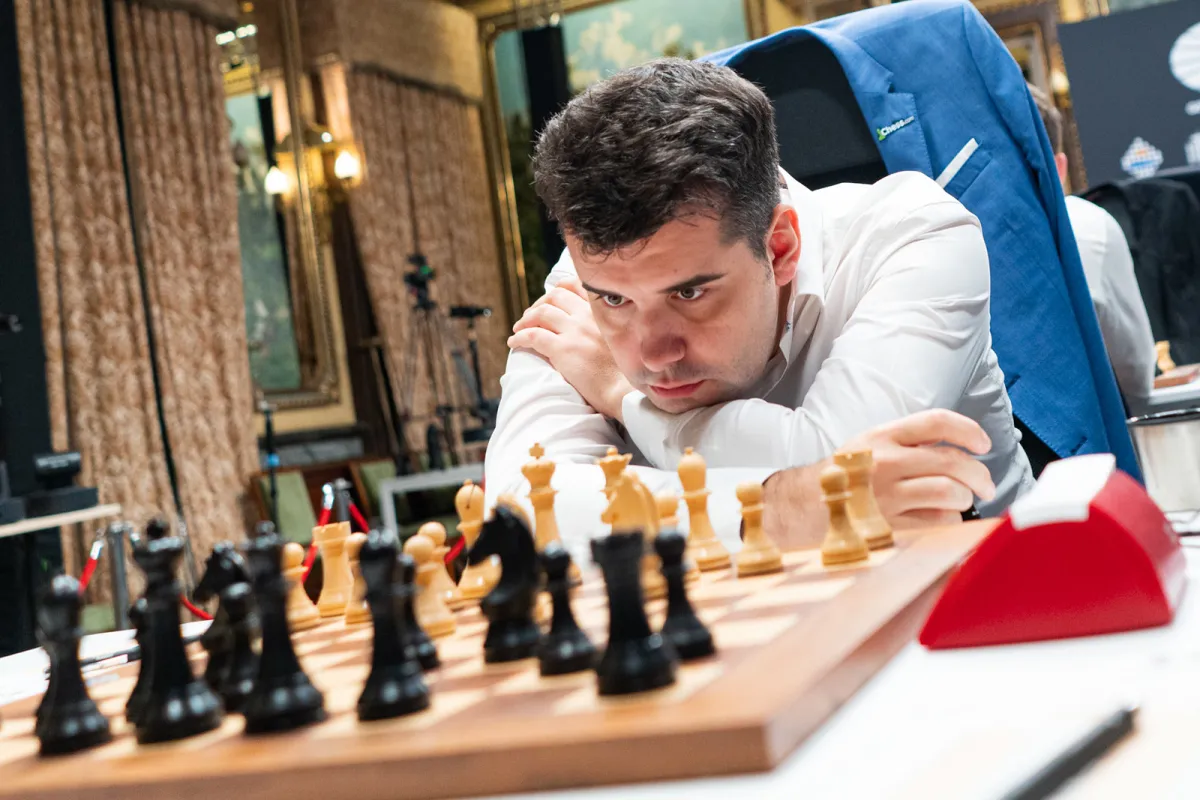This article is brought to you by StatBanana, the best Dota 2 strategy tool.
Ranked season is once again here in the Dota 2 community. Since the introduction of seasonal ranks by Valve, players have had to get used to recalibrating every few months.
It can be a stressful period, especially for those aiming for high medals. For those who haven’t recalibrated, good luck and have fun. For those who have, there might be some unanswered questions running through your head.
Here’s everything you need to know about some of the more complicated aspects of ranked Dota 2.
How much MMR can you gain or lose during recalibration?
During recalibration, your MMR will be hidden until you’ve completed 10 matches. While there’s no official word from Valve regarding its formula, the MMR gain and loss for each recalibration match is roughly multiplied by three.
With the average MMR change being 25, this means that each win or loss will be amplified to 75. Theoretically, winning all 10 matches will mean you walk away with 750 MMR. The converse is equally true, however.
Do personal stats affect MMR gain during recalibration?
No, they don’t. Valve is working on better detection of smurfs, however, which could affect players with large winning or losing streaks.
A new account’s ranked calibration used to take personal stats into account. A hero dealing high amounts of magic damage or a hero healing, for example, would see increased gains in MMR. After Valve determined that they caused abuse, the developer adjusted it to become either a small factor or practically nothing at all.
In Dota 2, only taking down the Ancient matters. No matter how well you’ve played, you’ll gain the same amount of MMR as the rest of your teammates.
Valve talked about introducing a new system to “more aggressively [place] you into a more accurate initial rank” based on the account’s history and performance. While it’s unlikely to affect accounts with large amounts of playtime, it could impact players who are just starting their first ranked season. More details will likely be available from Valve as the season wears on.
Does the new Core and Support MMR system affect my rank?
For those with a high variance between the two MMRs, it’s likely that you might have received a massive downgrade of your preferred rank after recalibration.
A Valve dev confirmed that it was a recalibration bug and the fix has already been pushed out to the game. Soon, you’ll be able to see your actual MMR.
Valve also confirmed that it’ll continue experimenting with the new ranked season, including a percentage increment of the other MMR that you aren’t playing. Even if you only spam Core MMR, your Support MMR will increase along with it.
In the long run, the smaller support player pool might mean that core and support players of the same MMR might have wildly-differing ranks. With role abuse being taken more seriously, it’s likely that stellar support players who stick to their roles will rise quickly.
Why did my medal go down even with a winning record?
Even if your MMR increased compared to last season, your medal might have dropped in rank. This isn’t a bug but it’s a side effect of the decreased player pool.
Medal ranks in Dota 2 don’t have a set hard limit. Rather, they’re a fluid value adjusted accordingly to the relative skill level of the player pool. While there are no official numbers, according to a third-party MMR distribution website, Immortal players are practically in the 100 percentile, while Divine players are roughly in the 99 percentile.
At the beginning of the season, fewer players would have recalibrated their rank account. Therefore, despite having the same MMR as before, you might be ranked lower, percentile-wise, in regards to the rest of the player pool. As such, you’ll have a lower medal.
As the season progresses, it’ll be easier to climb to a higher medal. A player who calibrated at the beginning of the season and then plays one game months later could jump several medal ranks. This is why numberless Immortal-ranked players exist at the end of the season. While the medal rank has a fluid percentile value, leaderboard ranks are hard-coded at around 5600 MMR.
Remember, MMR is just a number. It can be exhilarating to jump several ranks during recalibration and just as soul-crushing to lose it. The most important objective in Dota 2 is to have fun, followed by taking down the Ancient. If you start getting upset over the game, take a break and come back. Dota 2 isn’t going to run away.








Published: Sep 23, 2019 01:00 pm